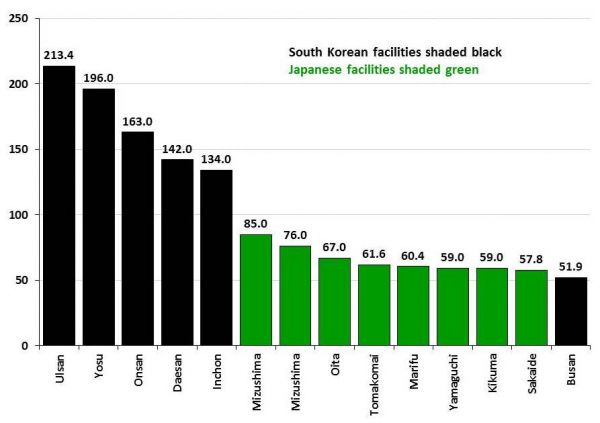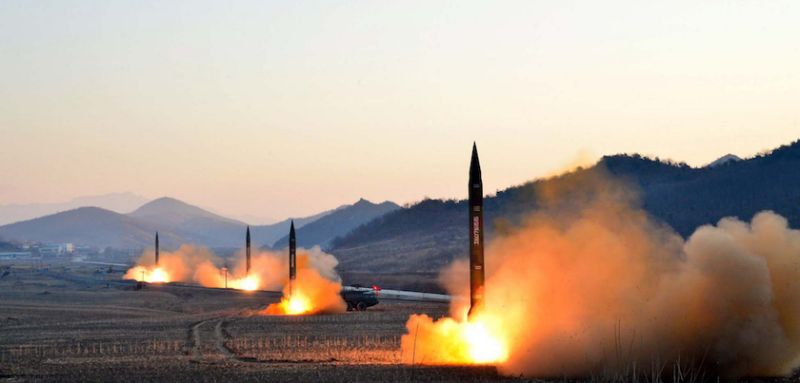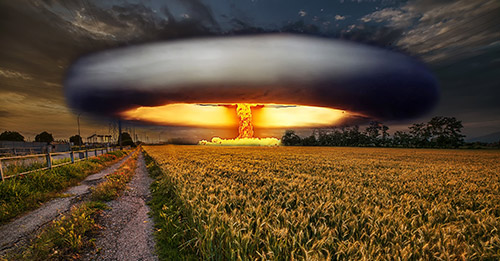Clashes in #SouthKorea between police and protesters that try to block the military convoy delivering a THAAD missile system to #Seongju.
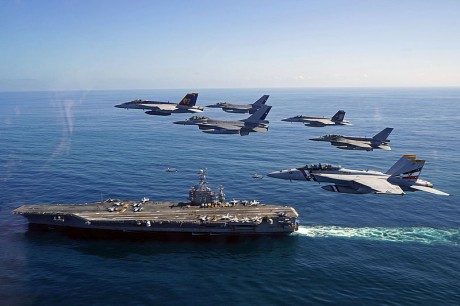 Iran just conducted another provocative missile test, more U.S. troops are being sent to the Middle East, it was just announced that the U.S. military will be sending B-1 and B-52 bombers to South Korea in response to North Korea firing four missiles into the seas near Japan, and China is absolutely livid that a U.S. carrier group just sailed through contested waters in the South China Sea. We have entered a season where leaders all over the globe feel a need to rattle their sabers, and many fear that this could be leading us to war. In particular, Donald Trump is going to be under the microscope in the days ahead as other world leaders test his resolve. Will Trump be able to show that he is tough without going over the edge and starting an actual conflict?
Iran just conducted another provocative missile test, more U.S. troops are being sent to the Middle East, it was just announced that the U.S. military will be sending B-1 and B-52 bombers to South Korea in response to North Korea firing four missiles into the seas near Japan, and China is absolutely livid that a U.S. carrier group just sailed through contested waters in the South China Sea. We have entered a season where leaders all over the globe feel a need to rattle their sabers, and many fear that this could be leading us to war. In particular, Donald Trump is going to be under the microscope in the days ahead as other world leaders test his resolve. Will Trump be able to show that he is tough without going over the edge and starting an actual conflict?
The Iranians made global headlines on Thursday when they conducted yet another ballistic missile test despite being warned by Trump on numerous occasions…
As tensions between the U.S. and Iran continue to mount, the semi-official news agency Tasnim is reporting that Iran’s Revolutionary Guard has successfully conducted yet another ballistic missile test, this time from a navy vessel. Called the Hormuz 2, these latest missiles are designed to destroy moving targets at sea at ranges up to 300 km (180 miles).
Reports on the latest test quotes Amir Ali Hajizadeh, commander of the IRGC’s Aerospace Force, who confirmed that “the naval ballistic missile called Hormuz 2 successfully destroyed a target which was 250 km away.”
The missile test is the latest event in a long-running rivalry between Iran and the United States in and around the Strait of Hormuz, which guards the entrance to the Gulf. About 20% of the world’s oil passes through the waterway, which is less than 40 km wide at its narrowest point.
So how will Trump respond to this provocation?
…click on the above link to read the rest of the article…






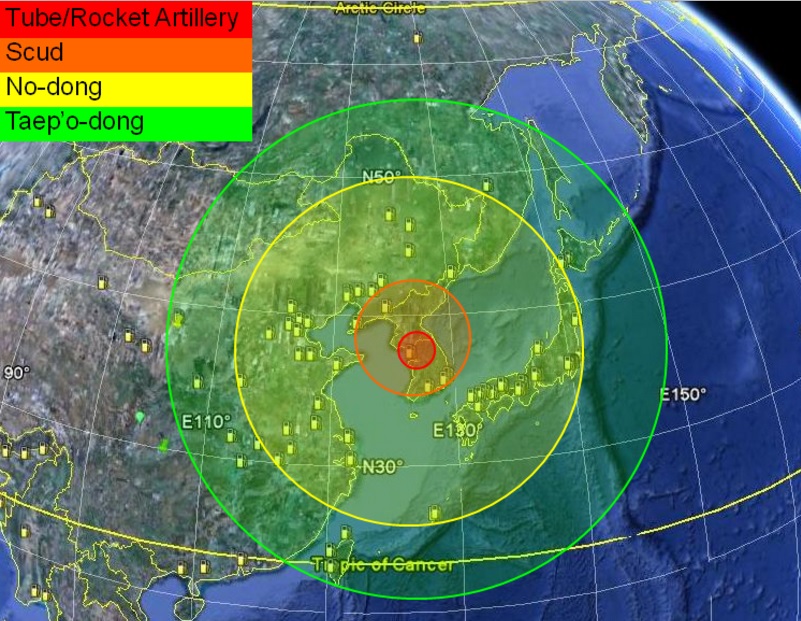 Fig 1: Range of North Korea’s missiles in 2010
Fig 1: Range of North Korea’s missiles in 2010